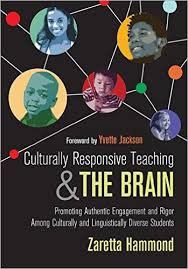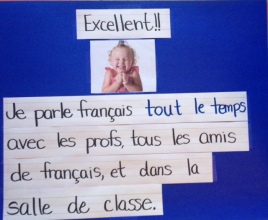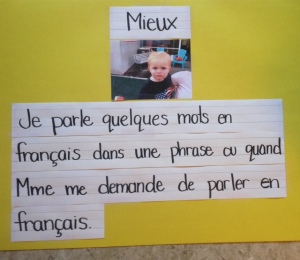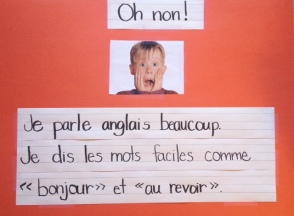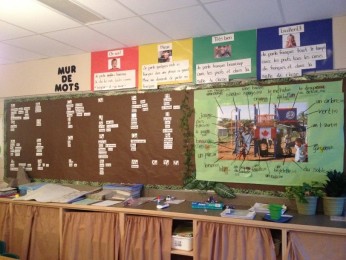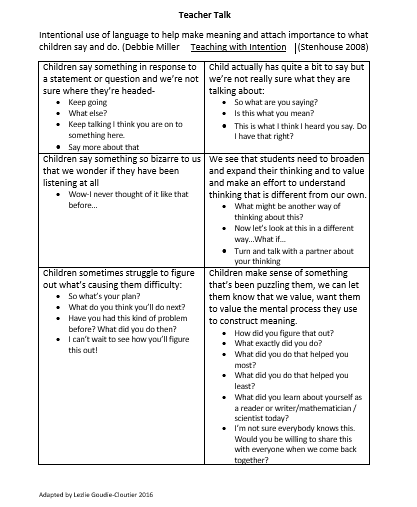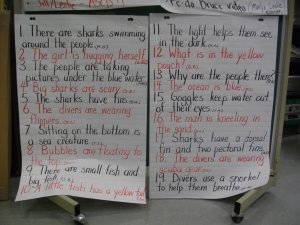As I continue my adventures as an independent consultant, I find myself reaching for Jennifer Serravallo’s book The Reading Strategies Book, more and more. Her lessons are so easy to understand and prepare. Teachers need to know where their students are based on Fountas and Pinnell data, decide what they need and look it up in her book. She has so many ideas to help teachers co-construct an anchor chart and send all ages of readers off to work
Here are a couple of anchor charts I have created to teach with, from Jennifer’s book.
- students having their own book mark where their reading goals are clearly laid out,
- choosing the perfect spot to read in students are able to see what success will look like and the teacher is able to co-construct with the class while allowing for differentiation.
- the lesson on what to do with bold words is so practical , as many readers gloss right over them instead of seeing those words as a tool to help them understand.
- Paying attention to ending punctuation teaches students to change their voice and also practice scanning the sentences as they read
Make sure you take a look at her book and see her ideas and processes!





